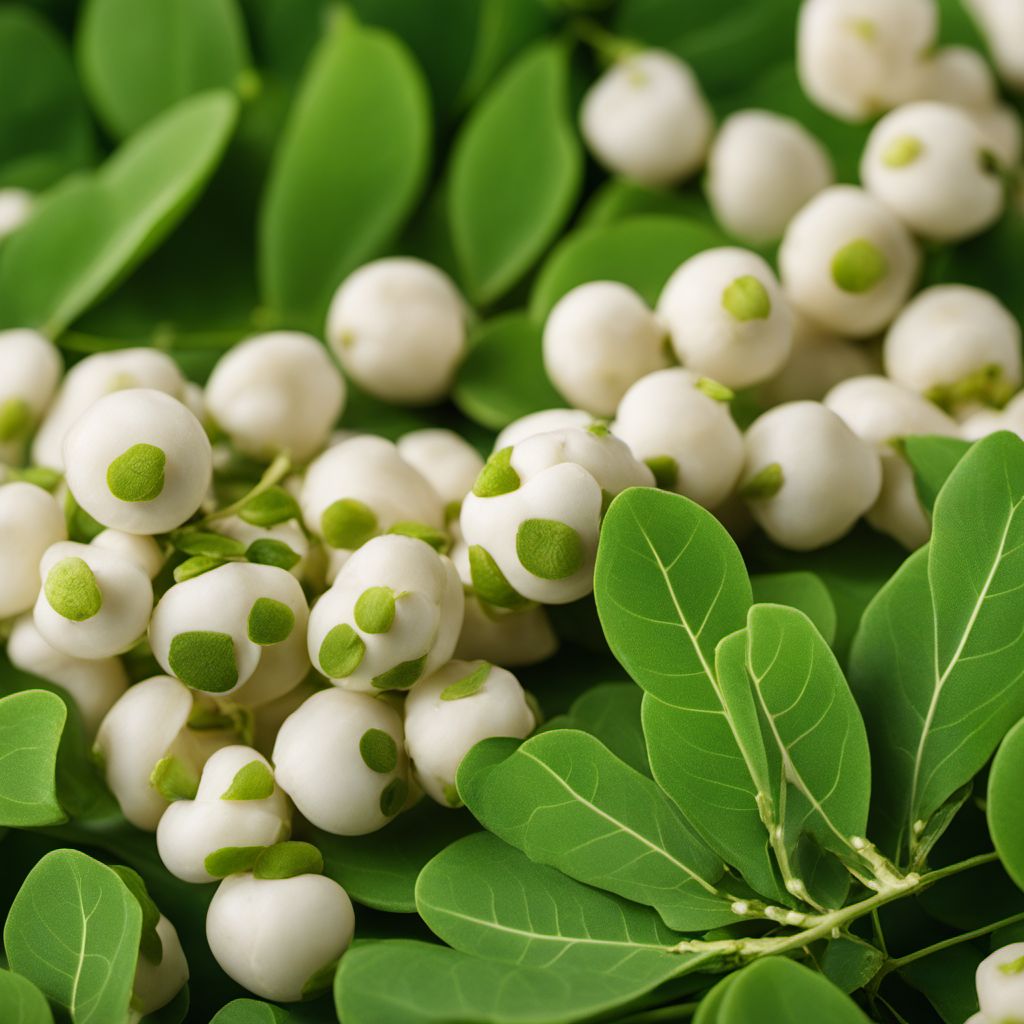
Ingredient
Moringa (without pods)
The Miracle Tree: Moringa's Marvels
Moringa leaves are small, oval-shaped, and bright green in color. They have a slightly bitter taste with a hint of earthiness, similar to spinach or arugula. The leaves have a delicate texture and can be consumed raw or cooked. Moringa powder, derived from dried leaves, has a more concentrated flavor and is often used as a supplement or added to smoothies and beverages for an extra nutritional boost.
Origins and history
Moringa is native to the Indian subcontinent and has been used for centuries in Ayurvedic medicine. It is known as the Miracle Tree due to its exceptional nutritional profile and medicinal properties. Moringa is cultivated in tropical and subtropical regions worldwide, including Africa, Asia, and Latin America. It has a rich cultural history and is revered for its healing properties in various traditional medicine systems.
Nutritional information
Moringa is a nutritional powerhouse, packed with essential vitamins, minerals, and antioxidants. It is a good source of vitamin C, vitamin A, iron, and calcium. Moringa leaves are also rich in protein and contain all nine essential amino acids. Additionally, they provide a significant amount of fiber, which aids digestion and promotes a healthy gut.
Allergens
There are no known allergens associated with moringa leaves.
How to select
When selecting moringa leaves, look for fresh, vibrant green leaves without any signs of yellowing or wilting. If purchasing moringa powder, choose a reputable brand that sources high-quality leaves and follows proper processing methods. Organic or sustainably grown moringa is preferred for the best quality and to support environmentally friendly practices.
Storage recommendations
To store fresh moringa leaves, wrap them in a damp paper towel and place them in a perforated plastic bag in the refrigerator. They can stay fresh for up to a week. Moringa powder should be stored in an airtight container in a cool, dark place to preserve its nutritional properties. Proper storage is crucial to maintain the freshness and potency of moringa.
How to produce
Moringa trees can be grown from seeds or cuttings. They thrive in warm climates and require well-drained soil. Regular watering and sunlight are essential for their growth. Moringa trees can be pruned to maintain a desired shape and size. It is important to note that moringa trees can grow quite tall, so ensure you have enough space in your garden before planting.
Preparation tips
Moringa leaves can be used in a variety of dishes, including salads, soups, stir-fries, and smoothies. They can be added to curries, omelets, or sautéed with other vegetables. Moringa powder can be incorporated into baked goods, energy bars, or sprinkled over yogurt or oatmeal. It is a versatile ingredient that adds a nutritional boost to any recipe.
Availability
Moringa is commonly available in regions where it is cultivated, such as India, Africa, Southeast Asia, and parts of Latin America.
More ingredients from this category

Garden peas (without pods)
The Petite Powerhouses: Garden Peas

Chickling vetches (without pods)
The Nutrient-Packed Legume

Pigeon peas (without pods)
The Protein Powerhouse: Pigeon Peas
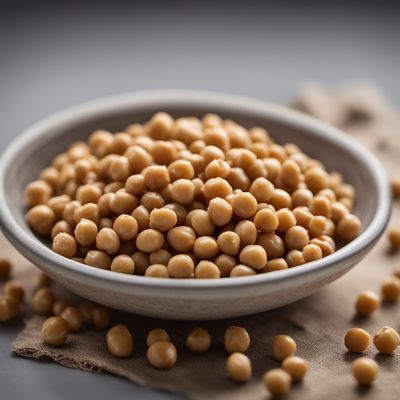
Chickpeas (without pods)
The Versatile Legume: Chickpeas

Asparagus peas (without pods)
The Delicate Gems of Spring
Recipes using Moringa (without pods) » Browse all
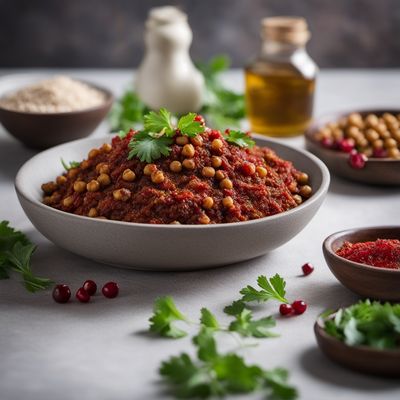
Assyrian-inspired Tapas
Flavors of Assyria: A Tapas Journey
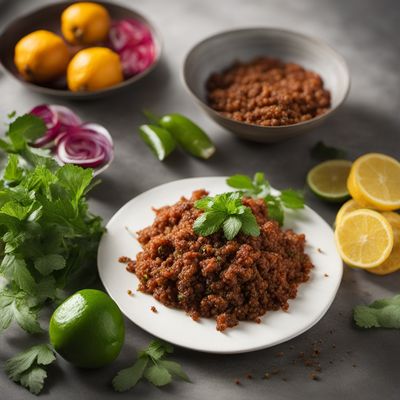
Jamaican Pommerac Chow
Tropical Delight: Jamaican Pommerac Chow

Armenian Spiced Walnut Soup
Velvety Delight: Armenian Spiced Walnut Soup
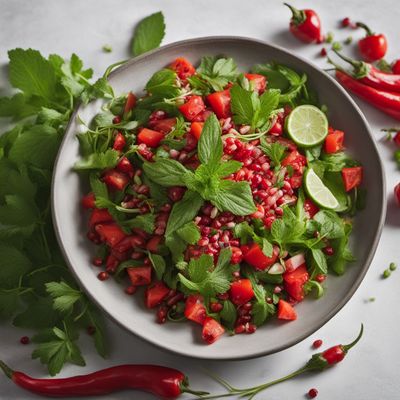
Bahraini-inspired Đurđevačka Salad
Spiced Delight: Bahraini-inspired Đurđevačka Salad
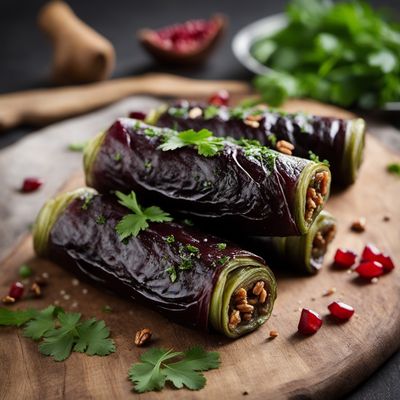
Georgian Eggplant Rolls with Walnut Filling
Savory Georgian Delight: Stuffed Eggplant Rolls with Nutty Goodness

Phalon ki Chaat
Tropical Delight Chaat: A Burst of Freshness from the Indian Streets

Sucuk with a Twist
Elevated Sucuk Delight

Dabeli - Spicy Indian Street Food Delight
Fiery Dabeli: A Burst of Spices and Flavors

Kashmiri Zeytoon Parvardeh
Kashmiri Olive Delight

Caspian Soto Bandung
Hearty Caspian Soto Bandung: A Fusion of Indonesian and Caspian Flavors
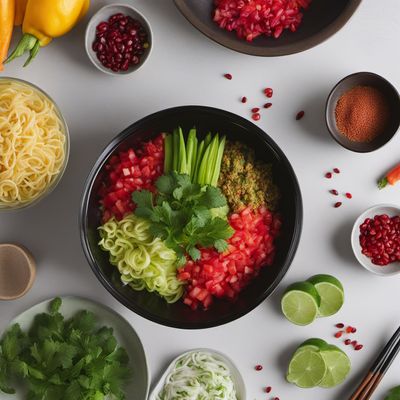
Turkmen Hiyashi Chūka
Refreshing Turkmen Noodle Salad
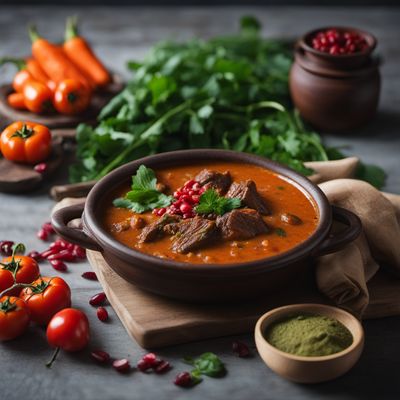
Pashtun-style Tangy Beef Stew
Zesty Pashtun Beef Delight